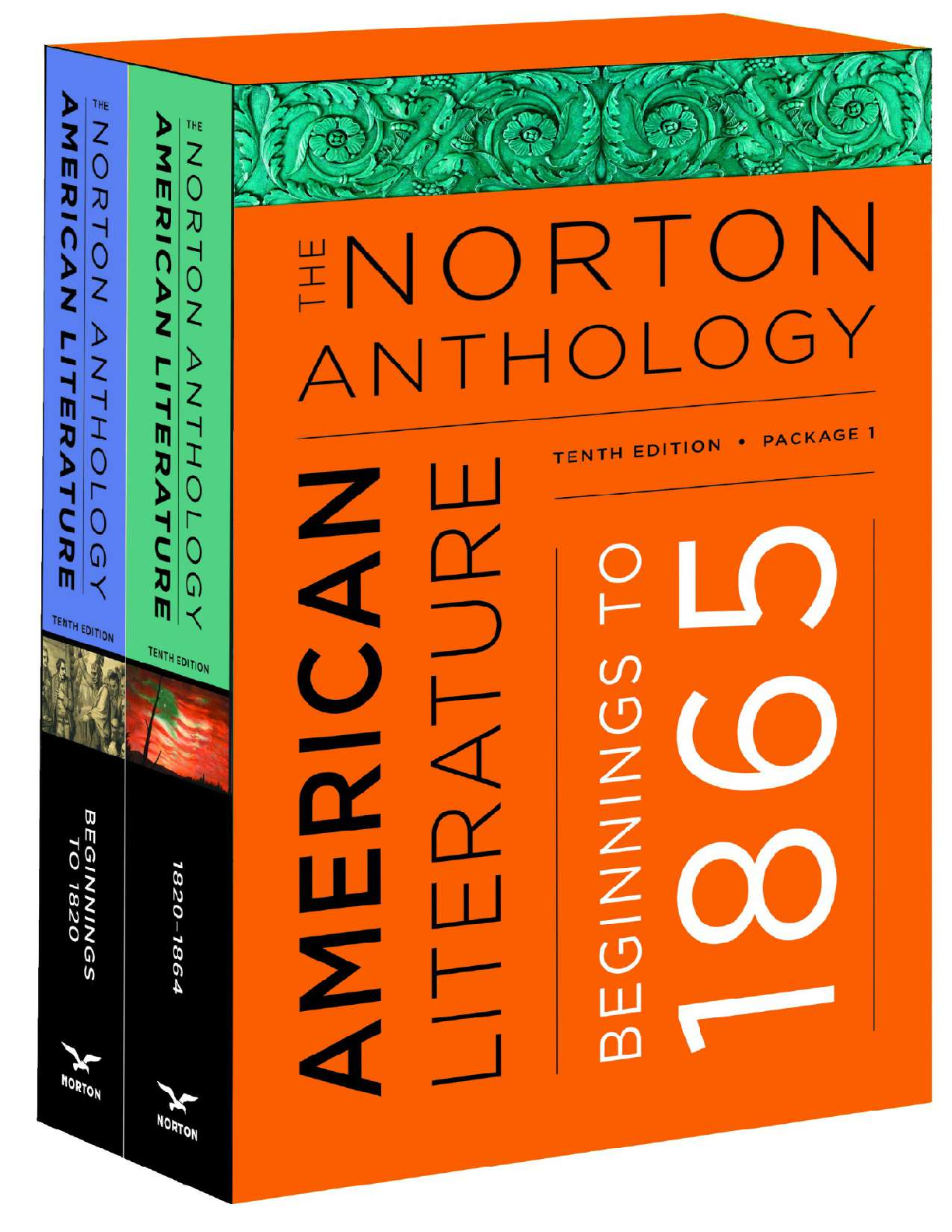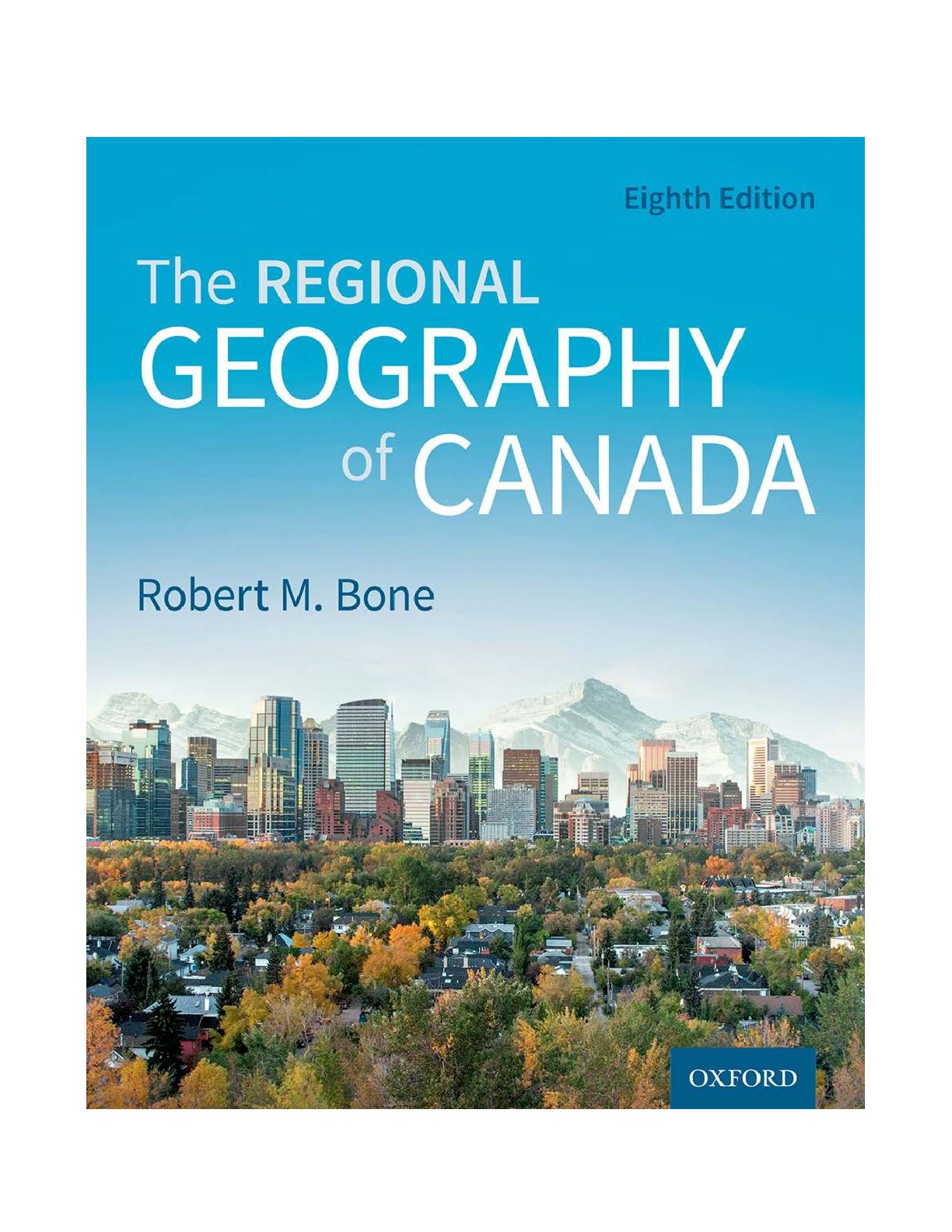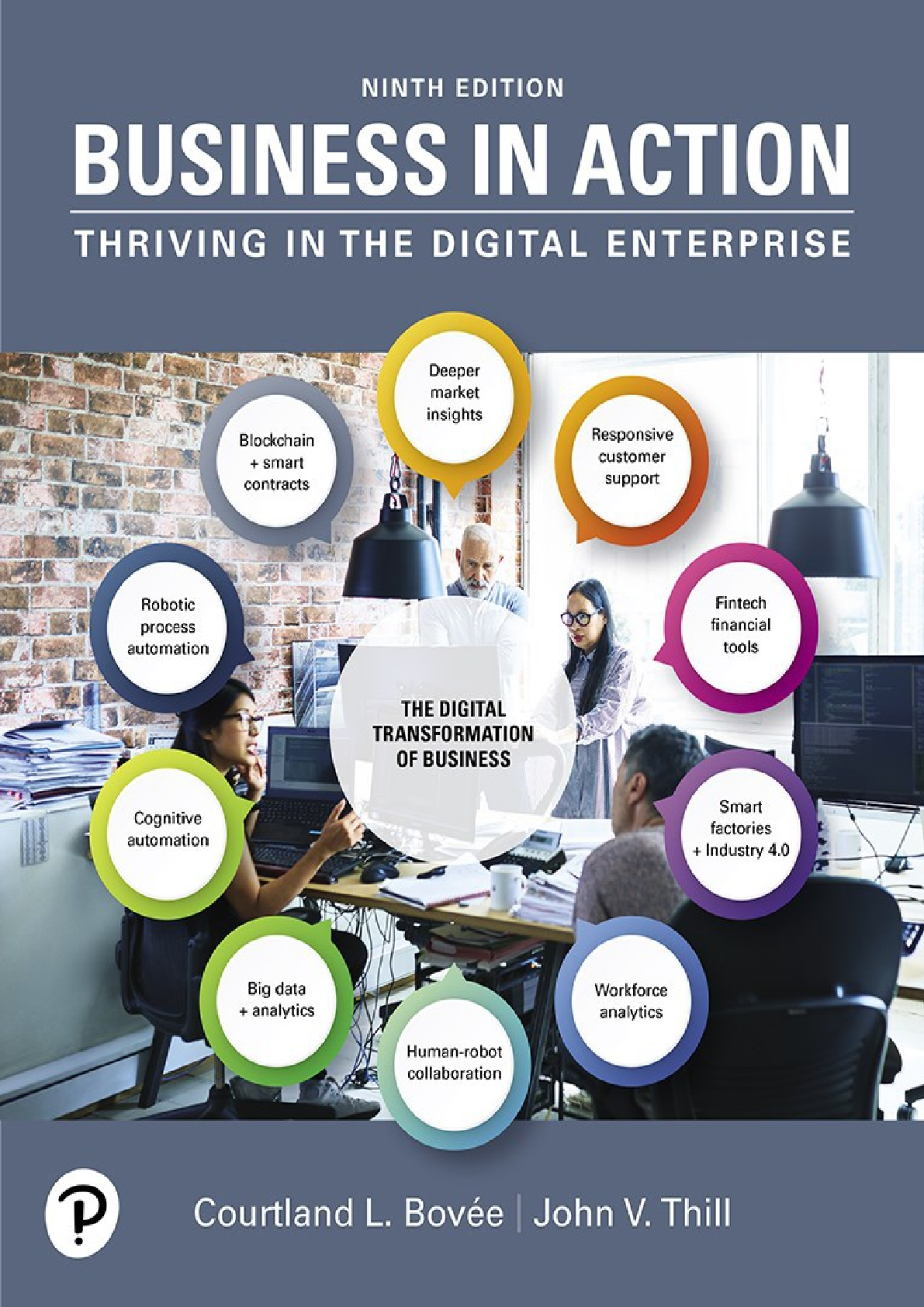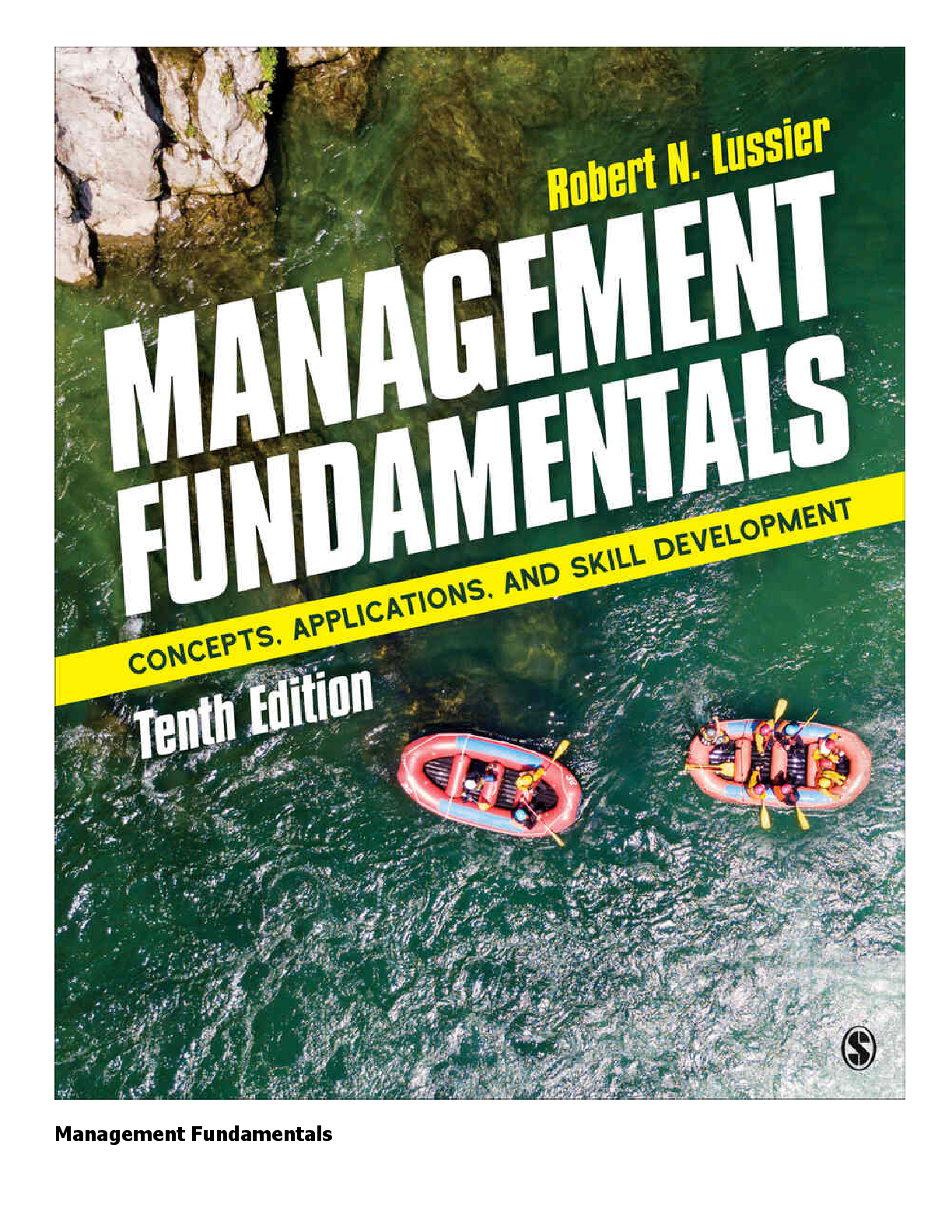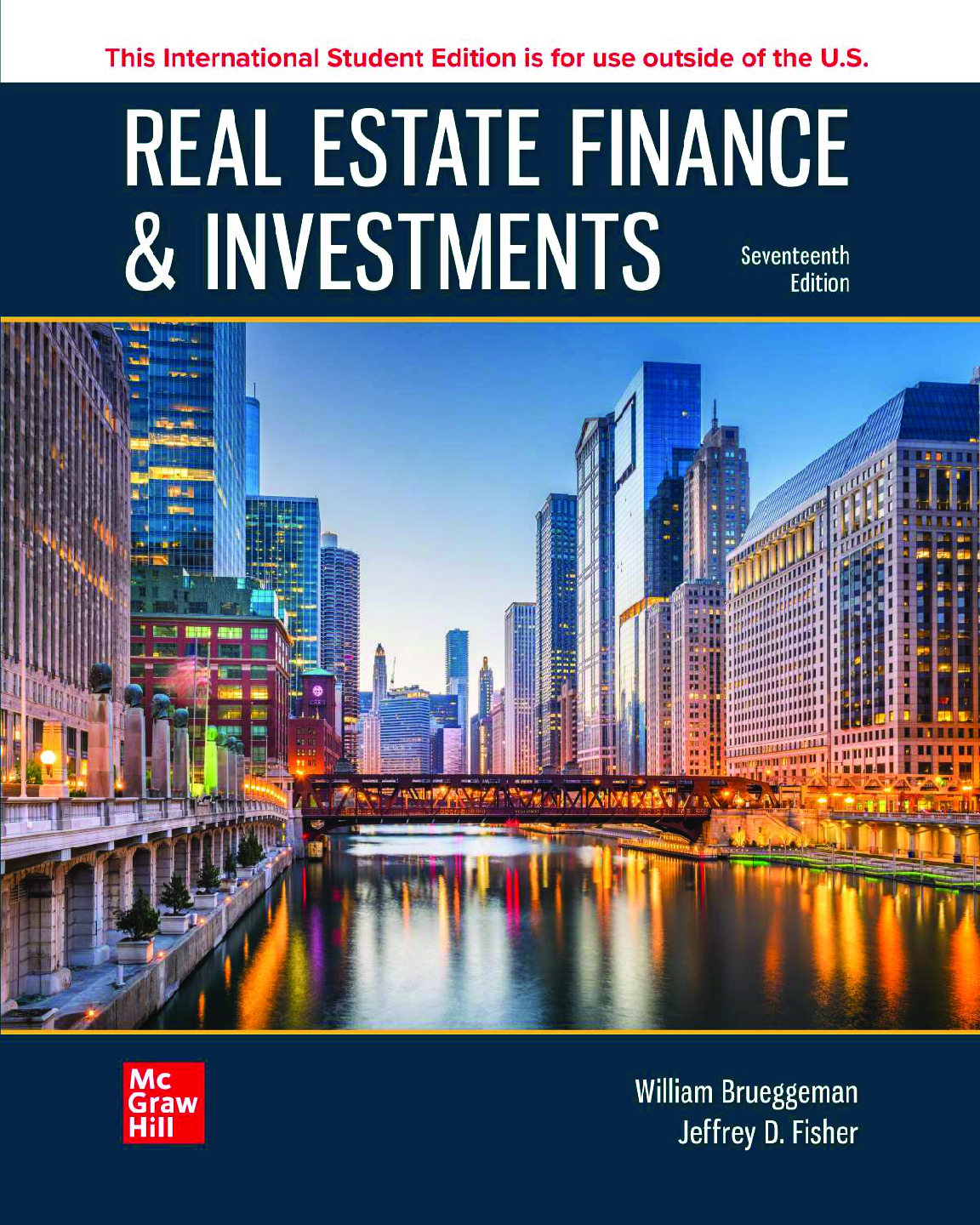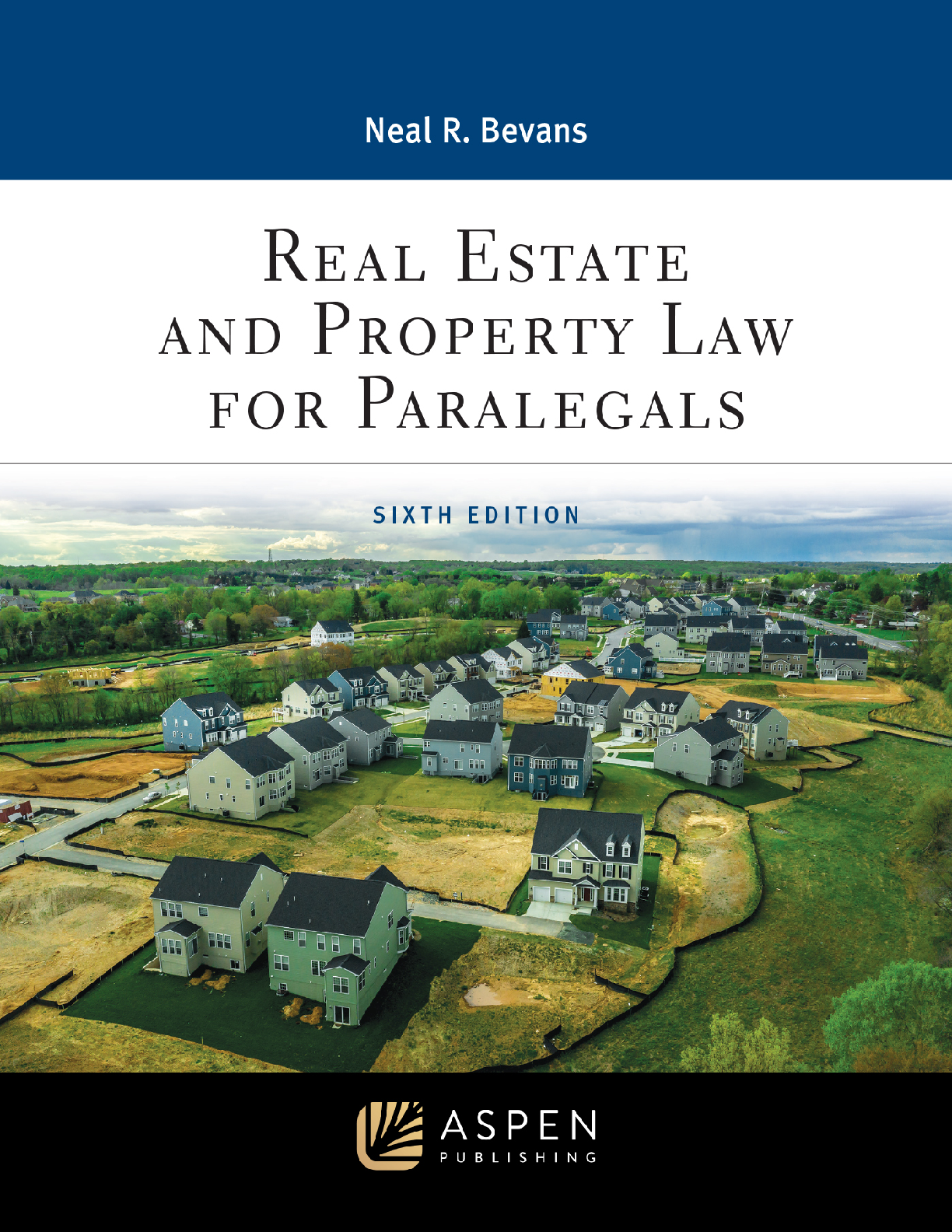*NURSING > eBook-PDF > Fundamentals of Thermal-Fluid Sciences, 6th Edition By Yunus Cengel, John Cimbala, Afshin Ghajar (eB (All)
Fundamentals of Thermal-Fluid Sciences, 6th Edition By Yunus Cengel, John Cimbala, Afshin Ghajar (eBook)
Document Content and Description Below
Contents: Preface xiv Chapter One INTRODUCTION AND OVERVIEW 1 1–1 Introduction to Thermal‑Fluid Sciences 2 Application Areas of Thermal‑Fluid Sciences 2 1–2 Thermodynamics 3 ... 1–3 Heat Transfer 4 1–4 Fluid Mechanics 5 1–5 Importance of Dimensions and Units 7 Some SI and English Units 8 Dimensional Homogeneity 10 Unity Conversion Ratios 12 1–6 Problem-Solving Technique 12 Step 1: Problem Statement 13 Step 2: Schematic 13 Step 3: Assumptions and Approximations 13 Step 4: Physical Laws 13 Step 5: Properties 13 Step 6: Calculations 13 Step 7: Reasoning, Verification, and Discussion 13 Engineering Software Packages 14 Equation Solvers 15 A Remark on Significant Digits 16 Summary 17 References and Suggested Readings 17 problems 17 PART 1 THERMODYNAMICS 19 Chapter Two BASIC CONCEPTS OF THERMODYNAMICS 21 2–1 Systems and Control Volumes 22 2–2 Properties of a System 23 Continuum 23 2–3 Density and Specific Gravity 24 2–4 State and Equilibrium 25 The State Postulate 25 2–5 Processes and Cycles 26 The Steady-Flow Process 27 2–6 Temperature and the Zeroth Law of Thermodynamics 27 Temperature Scales 28 2–7 Pressure 31 Variation of Pressure with Depth 32 2–8 Pressure Measurement Devices 35 The Barometer 35 The Manometer 38 Other Pressure Measurement Devices 40 Summary 41 References and Suggested Readings 42 Problems 42 Chapter Three ENERGY, ENERGY TRANSFER, AND GENERAL ENERGY ANALYSIS 49 3–1 Introduction 50 3–2 Forms of Energy 51 Some Physical Insight into Internal Energy 52 More on Nuclear Energy 54 Mechanical Energy 55 3–3 Energy Transfer by Heat 57 Historical Background on Heat 58 3–4 Energy Transfer By Work 59 Electrical Work 61 3–5 Mechanical Forms Of Work 62 Shaft Work 62 Spring Work 63 Work Done on Elastic Solid Bars 63 Work Associated with the Stretching of a Liquid Film 64 Work Done to Raise or to Accelerate a Body 64 Nonmechanical Forms of Work 65 3–6 The First Law Of Thermodynamics 65 Energy Balance 67 Energy Change of a System, ΔEsystem 67 Mechanisms of Energy Transfer, Ein and Eout 68 3–7 Energy Conversion Efficiencies 72 Efficiencies of Mechanical and Electrical Devices 76 Summary 79 References and Suggested Readings 80 Problems 80 Chapter Four PROPERTIES OF PURE SUBSTANCES 87 4–1 Pure Substance 88 4–2 Phases of a Pure Substance 88 4–3 Phase-Change Processes of Pure Substances 89 Compressed Liquid and Saturated Liquid 89 Saturated Vapor and Superheated Vapor 90 Saturation Temperature and Saturation Pressure 90 Some Consequences of Tsat and Psat Dependence 92 4–4 Property Diagrams for Phase-Change Processes 93 1 The T-v Diagram 93 2 The P-v Diagram 94 Extending the Diagrams to Include the Solid Phase 95 3 The P-T Diagram 97 The P-v-T Surface 97 4–5 Property Tables 98 Enthalpy—A Combination Property 98 1a Saturated Liquid and Saturated Vapor States 99 1b Saturated Liquid–Vapor Mixture 100 2 Superheated Vapor 103 3 Compressed Liquid 104 Reference State and Reference Values 106 4–6 The Ideal-Gas Equation of State 107 Is Water Vapor an Ideal Gas? 109 4–7 Compressibility Factor—A Measure of Deviation from Ideal- Gas Behavior 110 Summary 114 References and Suggested Readings 114 Problems 115 Chapter Five ENERGY ANALYSIS OF CLOSED SYSTEMS 123 5–1 Moving Boundary Work 124 Polytropic Process 127 5–2 Energy Balance for Closed Systems 129 5–3 Specific Heats 133 5–4 Internal Energy, Enthalpy, and Specific Heats of Ideal Gases 134 Specific Heat Relations of Ideal Gases 136 5–5 Internal Energy, Enthalpy, and Specific Heats of Solids and Liquids 140 Internal Energy Changes 141 Enthalpy Changes 141 Summary 144 References and Suggested Readings 145 Problems 145 Chapter Six MASS AND ENERGY ANALYSIS OF CONTROL VOLUMES 157 6–1 Conservation of Mass 158 Mass and Volume Flow Rates 158 Conservation of Mass Principle 159 Mass Balance for Steady-Flow Processes 161 Special Case: Incompressible Flow 162 6–2 Flow Work and the Energy of a Flowing Fluid 164 Total Energy of a Flowing Fluid 165 Energy Transport by Mass 165 6–3 Energy Analysis of Steady-Flow Systems 167 6–4 Some Steady-Flow Engineering Devices 170 1 Nozzles and Diffusers 170 2 Turbines and Compressors 173 3 Throttling Valves 175 4a Mixing Chambers 176 4b Heat Exchangers 178 5 Pipe and Duct Flow 180 6–5 Energy Analysis of Unsteady- Flow Processes 181 Summary 186 References and Suggested Readings 187 Problems 187 Chapter Seven THE SECOND LAW OF THERMODYNAMICS 203 7–1 Introduction to the Second Law 204 7–2 Thermal Energy Reservoirs 205 7–3 Heat Engines 205 Thermal Efficiency 207 Can We Save Qout? 208 The Second Law of Thermodynamics: Kelvin–Planck Statement 210 7–4 Refrigerators and Heat Pumps 210 Coefficient of Performance 211 Heat Pumps 212 Performance of Refrigerators, Air Conditioners, and Heat Pumps 213 The Second Law of Thermodynamics: Clausius Statement 215 Equivalence of the Two Statements 215 7–5 Reversible and Irreversible Processes 216 Irreversibilities 217 Internally and Externally Reversible Processes 218 7–6 The Carnot Cycle 218 The Reversed Carnot Cycle 220 7–7 The Carnot Principles 220 7–8 The Thermodynamic Temperature Scale 221 7–9 The Carnot Heat Engine 223 The Quality of Energy 225 7–10 The Carnot Refrigerator and Heat Pump 225 Summary 228 References and Suggested Readings 229 Problems 229 Chapter Eight ENTROPY 239 8–1 Entropy 240 A Special Case: Internally Reversible Isothermal Heat Transfer Processes 242 8–2 The Increase of Entropy Principle 243 Some Remarks About Entropy 245 8–3 Entropy Change of Pure Substances 246 8–4 Isentropic Processes 249 8–5 Property Diagrams Involving Entropy 250 8–6 What is Entropy? 252 Entropy and Entropy Generation in Daily Life 254 8–7 The T ds Relations 255 8–8 Entropy Change of Liquids and Solids 256 8–9 The Entropy Change of Ideal Gases 259 Constant Specific Heats (Approximate Analysis) 260 Variable Specific Heats (Exact Analysis) 260 Isentropic Processes of Ideal Gases 262 Constant Specific Heats (Approximate Analysis) 262 Variable Specific Heats (Exact Analysis) 263 Relative Pressure and Relative Specific Volume 263 8–10 Reversible Steady-Flow Work 266 Proof that Steady-Flow Devices Deliver the Most and Consume the Least Work When the Process Is Reversible 269 8–11 Isentropic Efficiencies of Steady-Flow Devices 269 Isentropic Efficiency of Turbines 270 Isentropic Efficiencies of Compressors and Pumps 271 Isentropic Efficiency of Nozzles 273 8–12 Entropy Balance 275 Entropy Change of a System, ΔS system 276 Mechanisms of Entropy Transfer, Sin and Sout 276 1 Heat Transfer 276 2 Mass Flow 277 Entropy Generation, Sgen 277 Closed Systems 278 Control Volumes 279 Summary 284 References and Suggested Readings 285 Problems 285 Chapter Nine POWER AND REFRIGERATION CYCLES 301 9–1 Basic Considerations in the Analysis of Power Cycles 302 9–2 The Carnot Cycle and its Value in Engineering 304 9–3 Air-Standard Assumptions 305 9–4 An Overview of Reciprocating Engines 307 9–5 Otto Cycle: The Ideal Cycle for Spark-Ignition Engines 307 9–6 Diesel Cycle: The Ideal Cycle for Compression- Ignition Engines 314 9–7 Brayton Cycle: The Ideal Cycle for Gas-Turbine Engines 317 Development of Gas Turbines 319 Deviation of Actual Gas-Turbine Cycles from Idealized Ones 321 9–8 The Brayton Cycle with Regeneration 323 9–9 The Carnot Vapor Cycle 325 9–10 Rankine Cycle: The Ideal Cycle for Vapor Power Cycles 326 Energy Analysis of the Ideal Rankine Cycle 327 9–11 Deviation of Actual Vapor Power Cycles From Idealized Ones 329 9–12 How Can We Increase The Efficiency of The Rankine Cycle? 331 Lowering the Condenser Pressure (Lowers Tlow,avg) 331 Superheating the Steam to High Temperatures (Increases Thigh,avg) 332 Increasing the Boiler Pressure (Increases Thigh,avg) 332 9–13 The Ideal Reheat Rankine Cycle 335 9–14 Refrigerators and Heat Pumps 339 9–15 The Reversed Carnot Cycle 340 9–16 The Ideal Vapor-Compression Refrigeration Cycle 341 9–17 Actual Vapor-Compression Refrigeration Cycle 343 9–18 Heat Pump Systems 345 Summary 346 References and Suggested Readings 348 Problems 348 PART 2 FLUID MECHANICS 361 Chapter Ten INTRODUCTION AND PROPERTIES OF FLUIDS 363 10–1 The No-Slip Condition 364 10–2 Classification of Fluid Flows 364 Viscous Versus Inviscid Regions of Flow 365 Internal Versus External Flow 365 Compressible Versus Incompressible Flow 365 Laminar Versus Turbulent Flow 366 Natural (or Unforced) Versus Forced Flow 366 Steady Versus Unsteady Flow 366 One-, Two-, and Three-Dimensional Flows 368 Uniform Versus Nonuniform Flow 369 10–3 Vapor Pressure and Cavitation 369 10–4 Viscosity 371 10–5 Surface Tension and Capillary Effect 375 Capillary Effect 378 Summary 381 References and Suggested Reading 381 Problems 381 Chapter Eleven FLUID STATICS 387 11–1 Introduction to Fluid Statics 388 11–2 Hydrostatic Forces on Submerged Plane Surfaces 388 Special Case: Submerged Rectangular Plate 391 11–3 Hydrostatic Forces on Submerged Curved Surfaces 393 11–4 Buoyancy and Stability 396 Stability of Immersed and Floating Bodies 399 Summary 401 References and Suggested Reading 401 Problems 401 Chapter Twelve BERNOULLI AND ENERGY EQUATIONS 409 12–1 The Bernoulli Equation 410 Acceleration of a Fluid Particle 410 Derivation of the Bernoulli Equation 411 Force Balance Across Streamlines 412 Unsteady, Compressible Flow 413 Static, Dynamic, and Stagnation Pressures 413 Limitations on the Use of the Bernoulli Equation 414 Hydraulic Grade Line (HGL) and Energy Grade Line (EGL) 415 Applications of the Bernoulli Equation 417 12–2 Energy Analysis of Steady Flows 421 Special Case: Incompressible Flow with No Mechanical Work Devices and Negligible Friction 423 Kinetic Energy Correction Factor, α 424 Summary 428 References and Suggested Reading 428 Problems 428 Chapter Thirteen MOMENTUM ANALYSIS OF FLOW SYSTEMS 437 13–1 Newton’s Laws 438 13–2 Choosing a Control Volume 439 13–3 Forces Acting on a Control Volume 440 13–4 The Reynolds Transport Theorem 442 An Application: Conservation of Mass 446 13–5 The Linear Momentum Equation 446 Special Cases 448 Momentum-Flux Correction Factor, β 448 Steady Flow 450 Flow with No External Forces 451 Summary 457 References and Suggested Reading 457 Problems 458 Chapter Fourteen INTERNAL FLOW 465 14–1 Introduction 466 14–2 Laminar and Turbulent Flows 467 Reynolds Number 467 14–3 The Entrance Region 468 Entry Lengths 469 14–4 Laminar Flow in Pipes 470 Pressure Drop and Head Loss 472 Effect of Gravity on Velocity and Flow Rate in Laminar Flow 474 Laminar Flow in Noncircular Pipes 475 14–5 Turbulent Flow in Pipes 478 Turbulent Velocity Profile 478 The Moody Chart and Its Associated Equations 478 Types of Fluid Flow Problems 480 14–6 Minor Losses 486 14–7 Piping Networks and Pump Selection 493 Series and Parallel Pipes 493 Piping Systems with Pumps and Turbines 494 Summary 499 References and Suggested Reading 501 Problems 501 Chapter Fifteen EXTERNAL FLOW: DRAG AND LIFT 511 15–1 Introduction 512 15–2 Drag and Lift 514 15–3 Friction and Pressure Drag 517 Reducing Drag by Streamlining 518 Flow Separation 519 15–4 Drag Coefficients of Common Geometries 521 Biological Systems and Drag 522 Drag Coefficients of Vehicles 524 Superposition 525 15–5 Parallel Flow Over Flat Plates 527 Friction Coefficient 529 15–6 Flow Over Cylinders and Spheres 531 Effect of Surface Roughness 533 15–7 Lift 535 Finite-Span Wings and Induced Drag 539 Summary 542 References and Suggested Reading 543 Problems 543 PART 3 HEAT TRANSFER 551 Chapter Sixteen MECHANISMS OF HEAT TRANSFER 553 16–1 Introduction 554 16–2 Conduction 554 Thermal Conductivity 555 Thermal Diffusivity 559 16–3 Convection 561 16–4 Radiation 563 16–5 Simultaneous Heat Transfer Mechanisms 565 Summary 569 References and Suggested Reading 570 Problems 570 Chapter Seventeen STEADY HEAT CONDUCTION 579 17–1 Steady Heat Conduction in Plane Walls 580 Thermal Resistance Concept 581 Thermal Resistance Network 582 Multilayer Plane Walls 584 17–2 Thermal Contact Resistance 588 17–3 Generalized Thermal Resistance Networks 593 17–4 Heat Conduction in Cylinders and Spheres 595 Multilayered Cylinders and Spheres 597 17–5 Critical Radius of Insulation 601 17–6 Heat Transfer from Finned Surfaces 603 Fin Equation 604 Fin Efficiency 608 Fin Effectiveness 611 Proper Length of a Fin 613 Summary 617 References and Suggested Reading 618 Problems 618 Chapter Eighteen TRANSIENT HEAT CONDUCTION 635 18–1 Lumped System Analysis 636 Criteria for Lumped System Analysis 637 Some Remarks on Heat Transfer in Lumped Systems 638 18–2 Transient Heat Conduction in Large Plane Walls, Long Cylinders, and Spheres with Spatial Effects 640 Nondimensionalized One-Dimensional Transient Conduction Problem 641 Approximate Analytical Solutions 643 18–3 Transient Heat Conduction in Semi-Infinite Solids 650 Contact of Two Semi-Infinite Solids 654 18–4 Transient Heat Conduction in Multidimensional Systems 657 Summary 662 References and Suggested Reading 663 Problems 663 Chapter Nineteen FORCED CONVECTION 675 19–1 Physical Mechanism of Convection 676 Nusselt Number 678 19–2 Thermal Boundary Layer 678 Prandtl Number 679 19–3 Parallel Flow Over Flat Plates 679 Flat Plate with Unheated Starting Length 681 Uniform Heat Flux 682 19–4 Flow Across Cylinders and Spheres 685 19–5 General Considerations for Pipe Flow 688 Thermal Entrance Region 689 Entry Lengths 691 19–6 General Thermal Analysis 693 Constant Surface Heat Flux ( q • s = constant) 693 Constant Surface Temperature ( T s = constant) 694 19–7 Laminar Flow in Tubes 697 Constant Surface Heat Flux 697 Constant Surface Temperature 698 Laminar Flow in Noncircular Tubes 698 Developing Laminar Flow in the Entrance Region 699 19–8 Turbulent Flow in Tubes 701 Developing Turbulent Flow in the Entrance Region 703 Turbulent Flow in Noncircular Tubes 703 Flow Through Tube Annulus 703 Heat Transfer Enhancement 704 Summary 707 References and Suggested Reading 708 Problems 710 Chapter Twenty NATURAL CONVECTION 723 20–1 Physical Mechanism of Natural Convection 724 20–2 Equation Of Motion and the Grash of Number 726 The Grashof Number 728 20–3 Natural Convection Over Surfaces 729 Vertical Plates (Ts = constant) 730 Vertical Plates ( q • s = constant) 730 Vertical Cylinders 732 Inclined Plates 732 Horizontal Plates 732 Horizontal Cylinders and Spheres 733 20–4 Natural Convection Inside Enclosures 736 Effective Thermal Conductivity 737 Horizontal Rectangular Enclosures 737 Inclined Rectangular Enclosures 738 Vertical Rectangular Enclosures 738 Concentric Cylinders 739 Concentric Spheres 739 Combined Natural Convection and Radiation 740 Summary 743 References and Suggested Reading 744 Problems 745 Chapter Twenty one RADIATION HEAT TRANSFER 757 21–1 Introduction 758 21–2 Thermal Radiation 759 21–3 Blackbody Radiation 760 21–4 Radiative Properties 766 Emissivity 767 Absorptivity, Reflectivity, and Transmissivity 770 Kirchhoff’s Law 772 The Greenhouse Effect 773 21–5 The View Factor 773 21–6 View Factor Relations 776 1 The Reciprocity Relation 777 2 The Summation Rule 779 3 The Superposition Rule 780 4 The Symmetry Rule 782 View Factors Between Infinitely Long Surfaces: The Crossed- Strings Method 783 21–7 Radiation Heat Transfer: Black Surfaces 785 21–8 Radiation Heat Transfer: Diffuse, Gray Surfaces 787 Radiosity 787 Net Radiation Heat Transfer to or from a Surface 787 Net Radiation Heat Transfer Between Any Two Surfaces 788 Methods of Solving Radiation Problems 789 Radiation Heat Transfer in Two-Surface Enclosures 790 Radiation Heat Transfer in Three-Surface Enclosures 792 Summary 795 References and Suggested Reading 796 Problems 797 Chapter Twenty Two HEAT EXCHANGERS 809 22–1 Types of Heat Exchangers 810 22–2 The Overall Heat Transfer Coefficient 813 Fouling Factor 815 22–3 Analysis of Heat Exchangers 819 22–4 The Log Mean Temperature Difference Method 821 Counterflow Heat Exchangers 822 Multipass and Crossflow Heat Exchangers: Use of a Correction Factor 823 22–5 The Effectiveness–Ntu Method 829 Summary 839 References and Suggested Reading 839 Problems 840 Appendix 1 PROPERTY TABLES AND CHARTS (SI UNITS) 851 TABLE A–1 Molar mass, gas constant, and criticalpoint properties 852 TABLE A–2 Ideal-gas specific heats of various common gases 853 TABLE A–3 Properties of common liquids, solids, and foods 856 TABLE A–4 Saturated water—Temperature table 858 TABLE A–5 Saturated water—Pressure table 860 TABLE A–6 Superheated water 862 TABLE A–7 Compressed liquid water 866 TABLE A–8 Saturated ice–water vapor 867 FIGURE A–9 T-s diagram for water 868 FIGURE A–10 Mollier diagram for water 869 TABLE A–11 Saturated refrigerant-134a—Temperature table 870 TABLE A–12 Saturated refrigerant-134a—Pressure table 872 TABLE A–13 Superheated refrigerant-134a 873 FIGURE A–14 P-h diagram for refrigerant-134a 875 TABLE A–15 Properties of saturated water 876 TABLE A–16 Properties of saturated refrigerant- 134a 877 TABLE A–17 Properties of saturated ammonia 878 TABLE A–18 Properties of saturated propane 879 TABLE A–19 Properties of liquids 880 TABLE A–20 Properties of liquid metals 881 TABLE A–21 Ideal-gas properties of air 882 TABLE A–22 Properties of air at 1 atm pressure 884 TABLE A–23 Properties of gases at 1 atm pressure 885 TABLE A–24 Properties of solid metals 887 TABLE A–25 Properties of solid nonmetals 890 TABLE A–26 Emissivities of surfaces 891 FIGURE A–27 The Moody chart 893 FIGURE A–28 Nelson–Obert generalized compressibility chart 894 Appendix 2 PROPERTY TABLES AND CHARTS (ENGLISH UNITS) 895 TABLE A–1E Molar mass, gas constant, and criticalpoint properties 896 TABLE A–2E Ideal-gas specific heats of various common gases 897 TABLE A–3E Properties of common liquids, solids, and foods 900 TABLE A–4E Saturated water—Temperature table 902 TABLE A–5E Saturated water—Pressure table 904 TABLE A–6E Superheated water 906 TABLE A–7E Compressed liquid water 910 TABLE A–8E Saturated ice–water vapor 911 FIGURE A–9E T-s diagram for water 912 FIGURE A–10E Mollier diagram for water 913 TABLE A–11E Saturated refrigerant-134a—Temperature table 914 TABLE A–12E Saturated refrigerant-134a—Pressure table 915 TABLE A–13E Superheated refrigerant-134a 916 FIGURE A–14E P-h diagram for refrigerant-134a 918 TABLE A–15E Properties of saturated water 919 TABLE A–16E Properties of saturated refrigerant-134a 920 TABLE A–17E Properties of saturated ammonia 921 TABLE A–18E Properties of saturated propane 922 TABLE A–19E Properties of liquids 923 TABLE A–20E Properties of liquid metals 924 TABLE A–21E Ideal-gas properties of air 925 TABLE A–22E Properties of air at 1 atm pressure 927 TABLE A–23E Properties of gases at 1 atm pressure 928 TABLE A–24E Properties of solid metals 930 TABLE A–25E Properties of solid nonmetals 932 Index 933 Nomenclature 947 Conversion Factors and Some Physical Constants 950 [Show More]
Last updated: 2 years ago
Preview 1 out of 400 pages
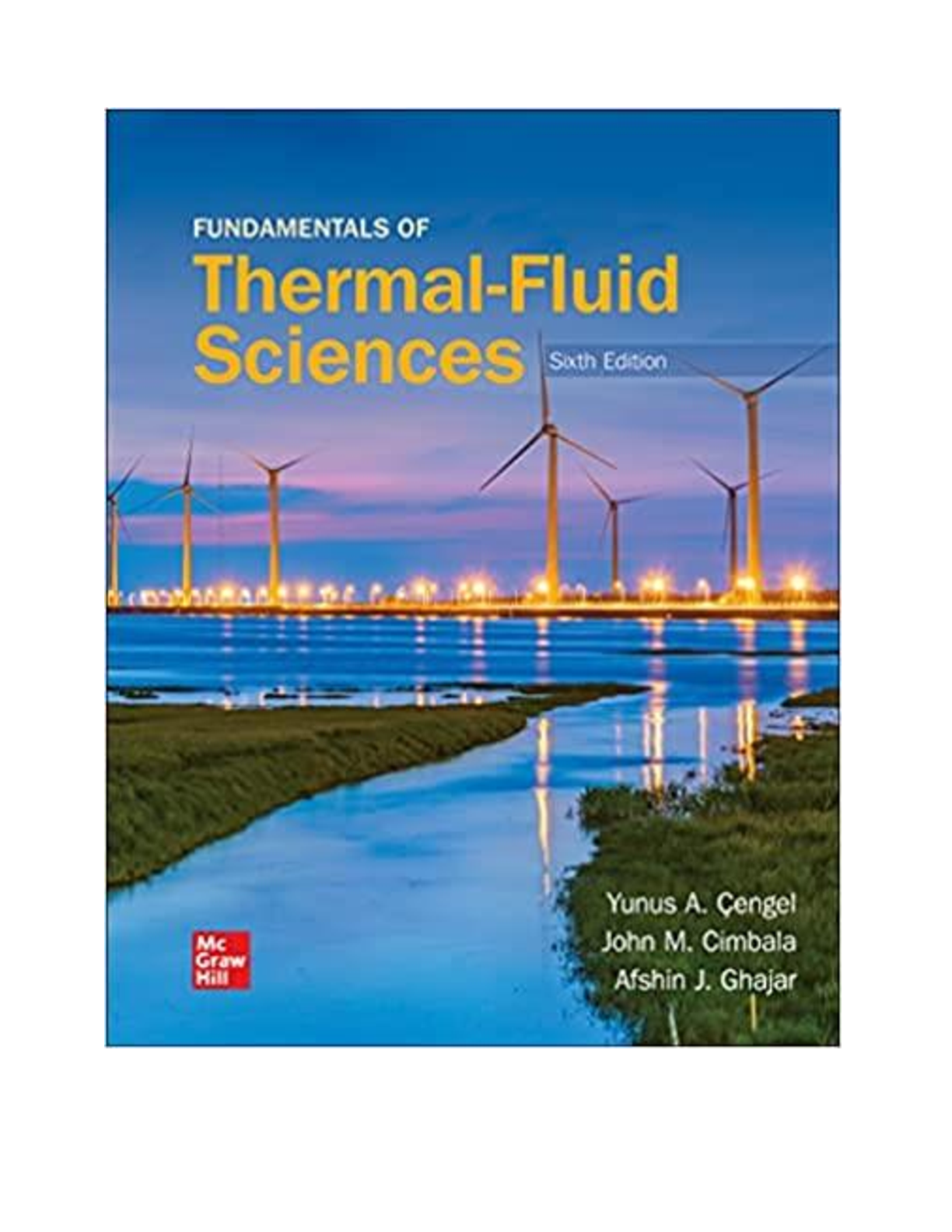
Buy this document to get the full access instantly
Instant Download Access after purchase
Buy NowInstant download
We Accept:

Reviews( 0 )
$25.00
Can't find what you want? Try our AI powered Search
Document information
Connected school, study & course
About the document
Uploaded On
Dec 05, 2022
Number of pages
400
Written in
Additional information
This document has been written for:
Uploaded
Dec 05, 2022
Downloads
0
Views
326

